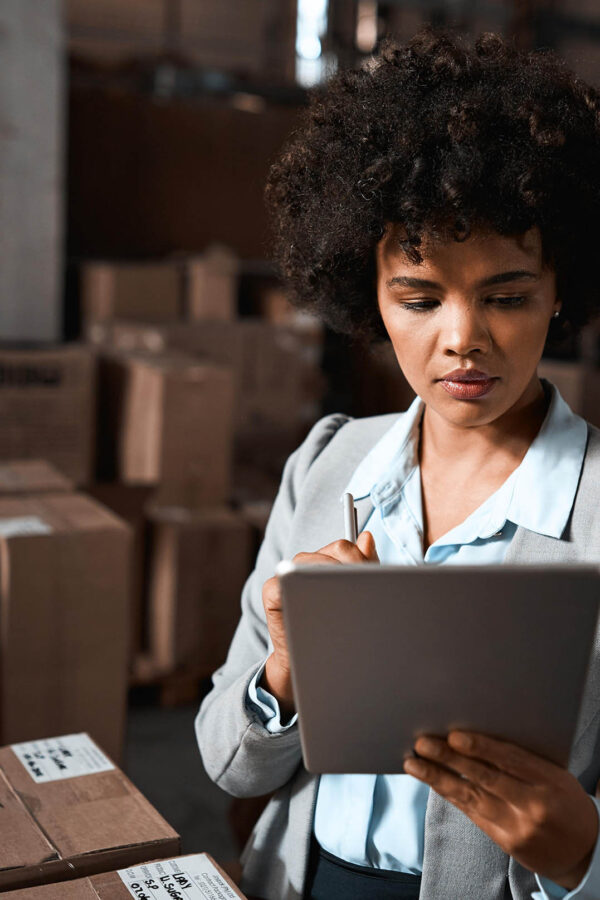I recently took part in a panel discussion with three inspiring and successful social entrepreneurs, as part of SheEO’s first virtual Trade Event: Canada, Australia and New Zealand, designed to help support the growth of women and non-binary owned businesses creating a positive impact.
I joined a panel that featured:
- Ami Bateman Co-Founder – Pleasant State, Sunshine Coast Sustainable Business Woman of the Year 2021
- Hannah (Cree) Hemphill Human Rights + Social Justice Entrepreneur | Thinking Partner | Writer | Speaker & Spoken Word Artist
- Madeleine Shaw Author – The Greater Good: Social Entrepreneurship for Everyday People Who Want to Change the World
The audience was electric. They were made up of women-led-businesses considering the leap to exporting overseas, posing many questions throughout the discussion. What I enjoyed most about this panel was their transparency and honesty, as we discussed topics such as export pitfalls, trademarks, invisible costs, and everything in between.
‘When considering exporting, see it as the gravy to your business strategy and do not stake your entire business model on it.’
Madeleine Shaw’s advice at the end of the session was invaluable. She stated that when considering exporting to another country – proceed with caution. She advised not to base your entire business model on an export market, have it as the gravy. Ensure to have your home team in order at home before you embark on an export strategy.
Ami Bateman’s advice was also spot on, and her customer focused lens has proved to be a success for her business Pleasant State. She emphasised more than once during our discussion the importance of listening and involving your customers when setting up your business and to use them as a source for competitive advantage. She shared that her customers have input into the ingredients of their products. A business that listens and acts based on client feedback – now that is impressive!

While I’d love to give you every single detail of the discussion, I’ve summarised the following key talking points that reveal some real take home advice for any entrepreneur looking to expand overseas. So settle in for some sound advice before you take the leap to grow your business via exporting.
Tap into associations and partners
I discussed how valuable it is to forge in-country relationships with associations when trying to gain traction in a new market or sector. Associations are a gold mine for information on what is going on in your target audience sectors. While going direct to your potential customer is always an option, going to a local association will provide you with research and intel in your market assessment stage.
Export pitfalls to watch out for include:
- Madeleine shared she had misadventures with her product, which was replicated by other newcomers in the market and there was nothing they could do about it.
- She also warned about unforeseen costs when exporting and to your put much thought in profit margin. Whatever you think it will cost to export, double it and then add some. 60% of her organisation’s sales are from the US, however when they launched in Europe and Asia, the profit margin was eroded due to unforeseen costs.

Exporting services vs products
I explained that services can be easier to export than products, as products drive large margins due to its physical nature. As my organisation Best Case Scenario is a services business, I highlighted that the key to our success is forming local partnerships, networking and conversations with people who are willing to support your business. Forums such as SheEO Trade Event are key to relationship building and learning from likeminded people.
If your product is more expensive than your competitors, can you still sell?
In short, the answer is yes. Ami explained that they conducted a customer survey and used a pricing model to understand what their pricing could look like. They deliberately pursued value pricing and uncovered during their research phase that customers are willing to pay more for a quality product.
The Invisible cost of time
I highlighted that woman who run businesses often undervalue their time and therefore under-price their services. We all agreed time and resources is the invisible cost of exporting a service or product and it can be crippling. When it comes to exporting a service, this can be even more challenging. Just because you can’t hold a product, doesn’t mean it isn’t worth anything. It’s important to take this hidden cost into consideration, and measure your time spent on planning, preparing, and researching.
Using your own local marketing agency vs an in-country agency
I jumped straight in here, as someone who has first-hand experience when helping overseas organisations establish themselves in Australia, there are a few things to consider:
- Australia is big but the population is small. The north differs greatly from the south, as does the east from the west. Culturally, this differs state by state.
- If you are selling into Government, expect a complexity.
- Australia is great for funding new businesses. A local marketing agency will know exactly where to go and understand the requirements needed.
I advised during the discussion not to make the mistake of assuming that one size fits all when it comes to setting up your business in Australia. Just because it is an English-speaking country, it doesn’t mean it has the same needs as your existing local audience.
Madeline agreed and recommended paying attention to cultural differences.
When looking to expand into another country, what are the things to look out for to ensure it is the right market?
Ami’s advice here was golden: Be receptive and listen to what customers are asking, then be deliberate when you enter the market.

Leverage the benefits of free trade agreements when exporting
We discussed how to watch out for strict standards and labelling, especially in Australia. Again, I emphasised that associations and trade bodies can be useful in this area. Madeleine advised to be aware of shipping, contracts, and legal costs. She has benefited from free trade agreements between Canada and the US, but a higher price product can make free trade more complex and often these costs such as customs must be paid for by the customer.And some final closing quick tips:
- From myself – Virtual market and trade missions are an excellent resource to explore new markets before jumping on a plane. A specific trade mission in your sector will deliver a clear commercial lens to that local market and it is invaluable.
- Madeleine advised to trademark your brand unless you have a super unique offering.
- Ami added to keep an eye out for any existing patents that may be pending that may affect your launch to a new market.
Want to grow your business?
Best Case Scenario offers integrated marketing solutions, email us now to find out more.
About Best Case Scenario
Founded in 2007, Best Case Scenario believe in the power of people to create meaningful change. We provide strategic, targeted end-to-end integrated marketing solutions that utilise industry research to inspire transformational outcomes.
Best Case Scenario leverage strong relationships within the Technology, Government, Financial and Healthcare sectors to bring the right people together to create meaningful conversations. We work with ambitious companies to help them grow and achieve outstanding results.
Got questions? Email us at info@bestcasescenario.com.au





